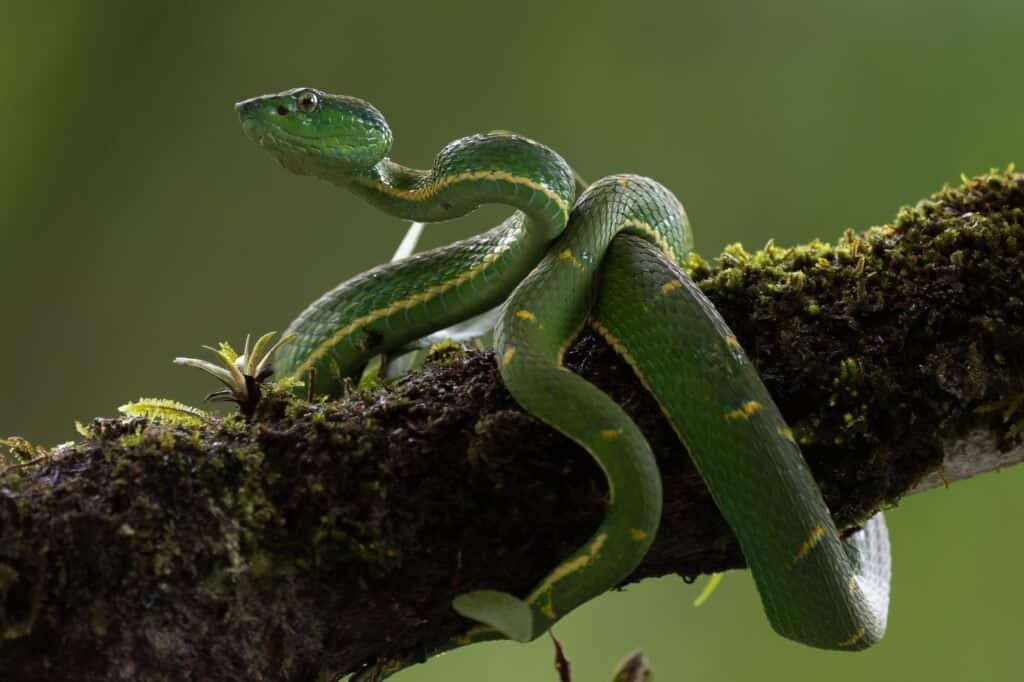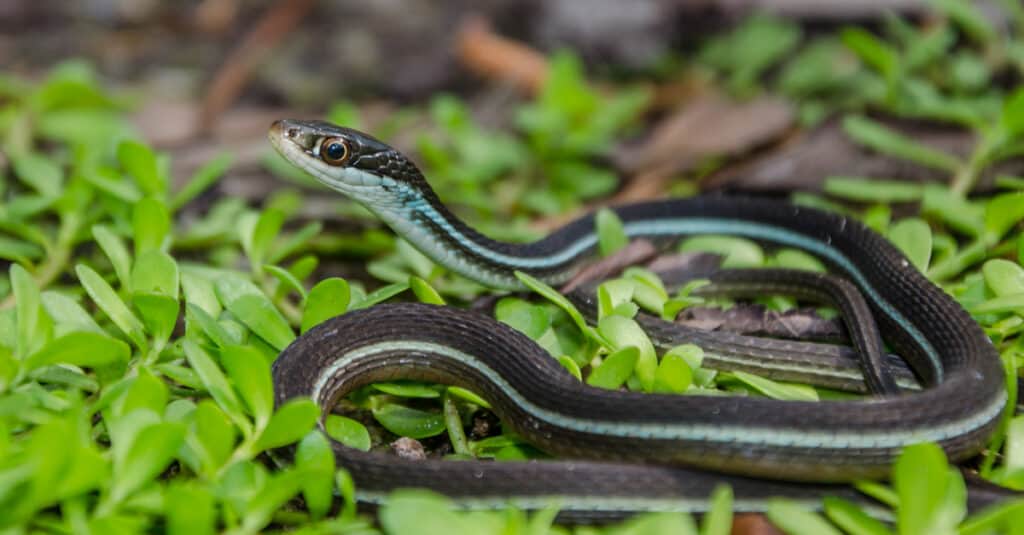Introduction
Australia, a land of varied wild animals, is home to numerous interesting animals, consisting of serpents that can motivate both awe and worry. Amongst these serpents is the tiger snake, understood for its striking look and reputation as a venomous killer. Therefore, one question regularly occurs: Are tiger snakes venomous? This article will look into the misconceptions and facts surrounding tiger serpents, their environment, behavior, medical implications of their attacks, and much more.
Are Tiger Snakes Venomous?
When it comes to the inquiry of whether tiger serpents are poisonous, the response is a resounding yes. Tiger serpents (Notechis scutatus) are undoubtedly poisonous and ranking among the most dangerous snakes in Australia. Their venom has potent neurotoxins that can result in paralysis and even death otherwise dealt with promptly.
While fatalities from tiger serpent attacks have come to be much less usual due to improvements in clinical therapy and antivenom availability, this does not diminish the need for care when encountering these reptiles. The potential impacts of a tiger snake bite include severe discomfort at the site of the bite, swelling, queasiness, difficulty breathing, and neurological symptoms such as weakness or paralysis.
Types of Tiger Snakes
In Australia, there are several identified subspecies of tiger snakes:
- Eastern Tiger Snake (Notechis scutatus): Discovered mainly in southeastern Australia. Tasmanian Tiger Snake (Notechis scutatus): A subspecies located only in Tasmania. Black Tiger Snake: Recognized for its darker coloration.
Each of these varieties has variations in size and actions but shares comparable venom characteristics.
The Habitat of Tiger Snakes
Where Do They Live?
Tiger serpents are adaptable creatures located throughout numerous environments throughout Australia. They typically live in coastal areas but can also be discovered in wetlands, swamps, waterfronts, and forests. Their preference for moisture-rich atmospheres makes them proficient swimmers; for this reason they grow near water bodies like lakes or marshes.
Geographical Distribution
- Southeastern Coast: Home to Eastern tiger snakes. Tasmania: Dominated by Tasmanian tiger snakes. Northern Regions: Where you could run into less generally seen variants.
Habitat Preferences
Tiger snakes prefer areas with abundant cover where they can hide from predators while searching for prey. They commonly search little mammals, frogs, birds, and also fish-- making them functional hunters within their eco-friendly niche.
The Composition of a Tiger Snake
Physical Characteristics
Tiger snakes have unique physical qualities that distinguish them from various other Australian reptiles:

- Coloration: Commonly grouped with yellow or light-colored stripes on a dark background. Size: They can mature to 2 meters long; however, ordinary dimensions vary between 1.2 to 1.5 meters.
The special pigmentation offers both as camouflage against predators and while stalking target in their all-natural habitat.
Behavioral Traits
Understanding the behavior patterns of tiger snakes is essential for those living within their geographical variety:
- Nocturnal Activity: They are mostly energetic during the night yet may also search during the day. Defensive Behavior: When intimidated, tiger snakes might hiss loudly or squash their bodies-- a warning sign indicating they feel cornered.
Tiger Snake Bite Symptoms
If bitten by a tiger serpent, individuals ought to watch for certain symptoms that manifest not long after:
Severe localized pain Swelling around the bite area Nausea or vomiting Difficulty breathing Neurological signs and symptoms such as muscle weaknessIt's essential never ever to take too lightly these signs; prompt clinical focus is important following any kind of serpent bite incident.
First Help for Snake Bites
Immediate Activities After a Bite
Knowing exactly how to react promptly can save lives when dealing with prospective serpent bites:
Stay calm and still-- motion increases poison spread. Call emergency situation services immediately. Keep the influenced arm or leg paralyzed below heart level. Avoid cutting or drawing out venom; this old partners' story might aggravate conditions. Remove limited garments or precious jewelry near the bite site.First Help Kit Fundamentals for Snake Bites
A well-stocked first aid package need to consist of products particularly beneficial in treating snake attacks:
|Item|Purpose|| --------------------------------|-----------------------------------------------|| Clean and sterile plasters|To cover injuries|| Antibacterial wipes|To clean around bite area|| Emergency get in touch with numbers|For quick access throughout emergency situations|| Compression bandage|To aid debilitate influenced limb|
Proper prep work can make all the distinction when an emergency strikes.

Fact vs Misconception Concerning Tiger Snakes
Myth 1: All Snakes Are Aggressive
Contrary to typical belief, not all snake types show aggressiveness towards human beings. As a matter of fact, lots of would rather retreat than confront us.
Myth 2: A Bite Constantly Results In Death
While fatal Bite Location attacks do occur-- many thanks greatly to delayed healthcare-- Snake awareness Australia most of attacks are non-fatal if dealt with promptly with antivenom.
Preventing snake bites AustraliaMyth 3: You Can Suck Out Venom
This widely held idea is incorrect; attempting to suck out poison just enhances complications instead of easing them!
FAQs
1. Are child tiger snakes more harmful than adults?
Baby tiger snakes might have less poison than adults yet usually deliver attacks readily because of being even more frightened.
2. For how long does it take for signs and symptoms to show up after a bite?
Symptoms typically show up within minutes but can occasionally take hours depending on factors like specific health and wellness conditions.
3. What must I do if I see a tiger snake?
Maintain distance! Avoid prompting it; most encounters finish without event if you value their space.
4. Is there an antivenom available for tiger serpent bites?
Yes! Antivenom exists particularly developed for treating diseases caused by tiger snake attacks-- it's essential to seek professional clinical assistance immediately!
5. Can I keep a tiger snake as a pet?
Keeping any wild serpent species positions substantial risks due mainly to their reproduction routines & & dietary requirements-- it's best left in nature!
6. Exactly how widespread are serpent attacks in Australia?
Australia sees countless snakebite situations yearly; however fatalities have reduced dramatically many thanks greatly due improved recognition & & medical care access!
Conclusion
In final thought, comprehending whether "Are Tiger Snakes Venomous?" brings substantial ramifications for individual safety and security when connecting with these fascinating reptiles native to Australia's varied environments can not be overemphasized!
Arming ourselves with expertise concerning these animals-- from their habitats and behaviors down via efficient emergency treatment methods-- empowers us towards much safer coexistence along with wildlife while mitigating dangers associated with accidental encounters!
By promoting education about our environment's ins and outs-- not just focusing entirely on anxiety-- we lead pathways in the direction of better recognition & & conservation initiatives benefiting both mankind & & nature alike!
